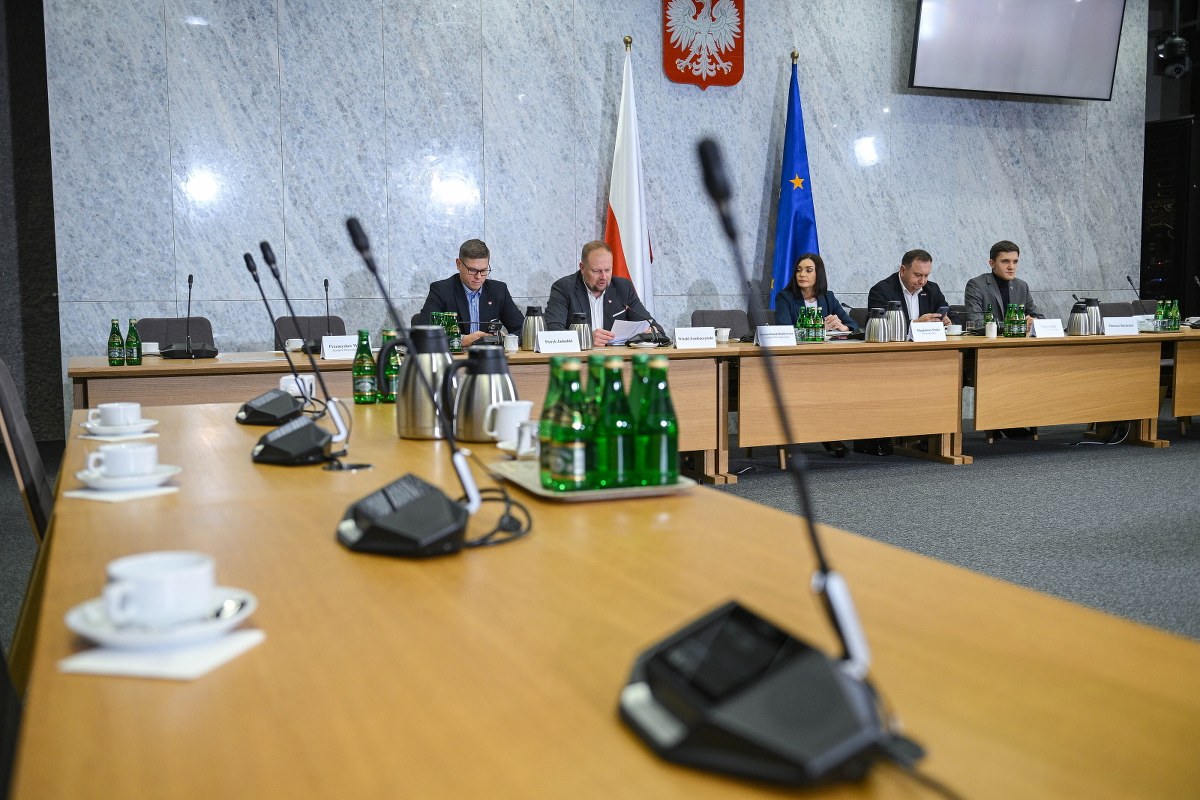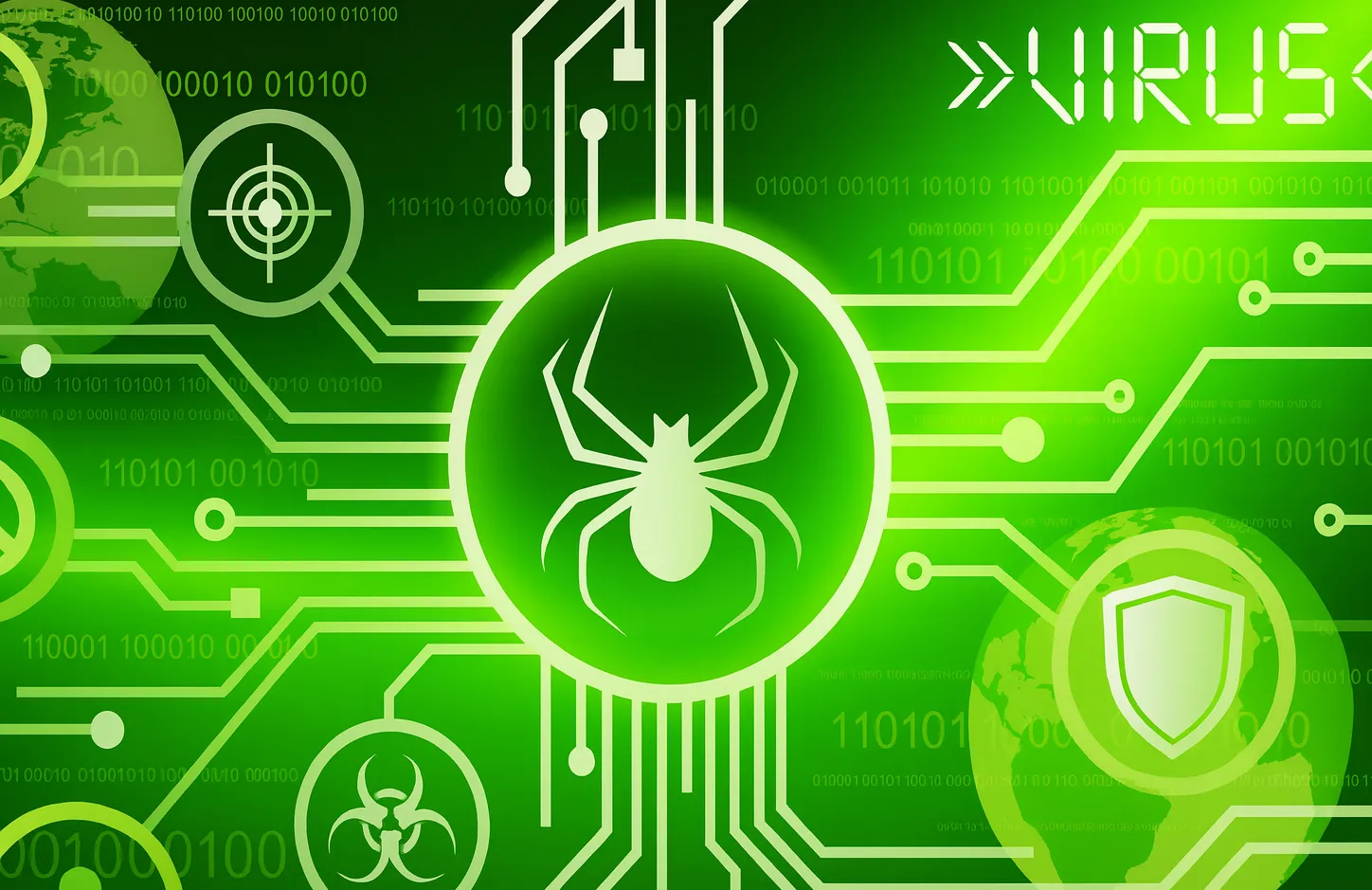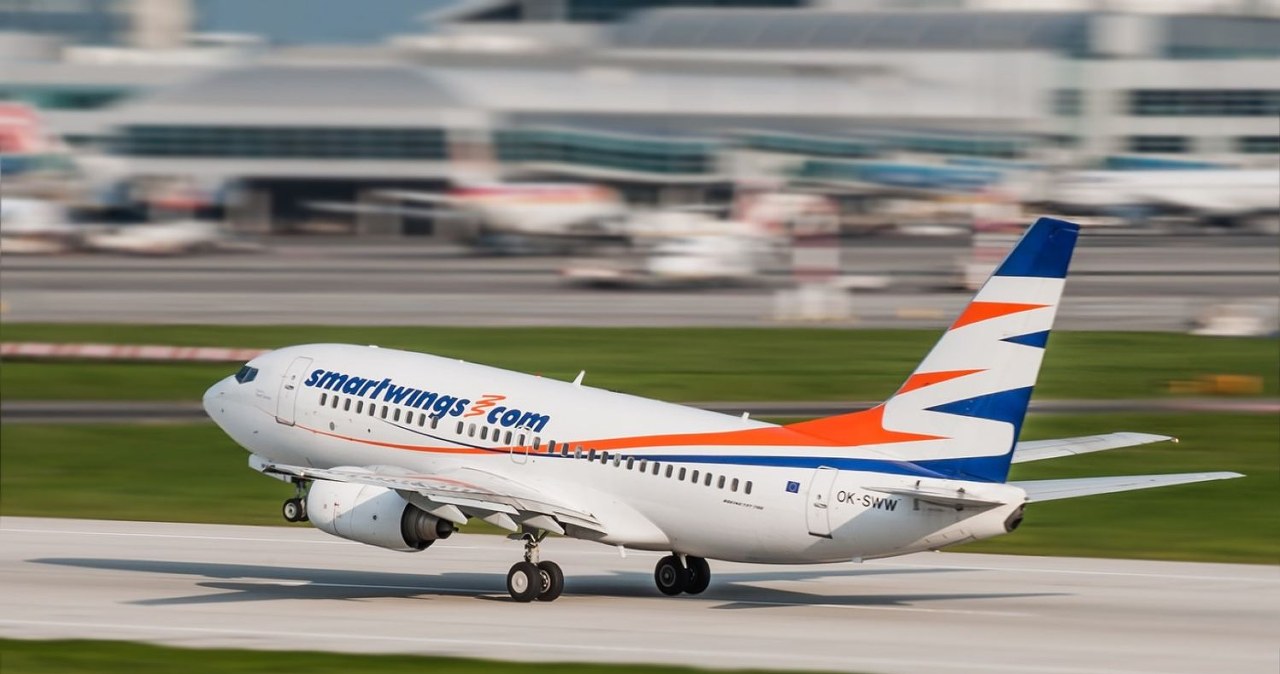There are 4 types of French armed forces: the Land Forces (fr. l’Armée de terre), Navy (fr. la Marine nationale), Air and Space Force (fr. l’Armée de l’air et de l’espace) and National Police1 (fr. la Gendarmerie nationale). Today, the army serves nearly 271,000 people, including about 61,000 civilians. Reserveists account for 64,000 people (including the resources of the Gendarmerie). Preparations are underway for the authoritative establishment of the 5th kind of armed forces to be troops in cyberspace.
Command diagram in the Armed Forces of the French Republic

Source: own development
In addition, the military support chain besides includes ancillary services and affiliated institutions2including3:
- The combined centre of concepts, doctrines and experiments (fr. centre interarmées de concepts, de doctrines et d’expériments, cicde),
- a joint Environment Action Centre (fr. centre interarmées des actions sur l’environment, ciae),
- National Defence Sports Centre (fr. le centre national des sports de la défense, cnsd),
- Directorate of Military Higher Education (fr. ladirection de l’enseignement militairesupérieur),
- Joint training forces and staff (e.g. l’état-major interarmées de force et d’entraînement),
- combined geographical institute (fr. l’établissement géographique interarmées),
- Inspectorate of the Armed Forces (fr. l’inspection des armées),
- Joint ammunition service (fr. le service interarmées des munitions),
- Directorate of Intelligence and safety of the Armed Forces (fr. la Direction du reseignement et de la sécurité de la défense, DRSD),
- Directorate of Military Intelligence (fr. la direction du reseignement militaire, drm),
- Command of joint and cyber-security programmes (e.g. le commandement des programmees interarmées et de cybersécurité),
- centre of analysis in combat and defence computing (fr. le centre d’analyse en lutte informatique défensive),
- combined meteorological and oceanographic support forces (fr. le centre interarmées de soutien météo-océanographique des forces),
- centre for operational support and transport (fr. le centre du soutien des opérations et des acheminements),
- Air and Defence Test Service (fr. le service des essais et expériments aéronautiques de la défense)4.
Armed Forces Staff (fr. État-major des armées, EMA) is headed by the Chief of General Staff (fr. cook d’État-Major des armées, CEMA), which directs all military operations under the authority of the president of the French Republic and the supervision of the Ministry of Armed Forces (fr. Ministère des Armées). Chief of Staff, who is the highest rank in the armed forces of the country, supervises5:
- Commanders of 4 types of army: land, naval, air-space and the Police,
- Commanders of French forces abroad and their staff,
- commanders in operations conducted abroad,
- commanders in areas referred to as defence and security.
The Deputy Head of Staff for Operations is simply a peculiar function (e.g. le sous-chef état-major, SCEM), which is liable for strategical oversight, planning and carrying out operations entrusted to CEMA in the framework of the maintained Centre for Planning and Conducting Operations (fr. centre de planning et de conduite des opérations(CPCO). The chief advisor of the Armed Forces Staff is the Chief of the Land Army Staff (fr. le cook d’état-major de l’Armée de terre, CEMAT), which is liable for ensuring the operational readiness of the army (e.g. organisation and planning of stationing units in the country and abroad, organisation of recruitment and training of military personnel). The main deputy of the CEMA is the Major General of the Armed Forces (fr. Le major général des armées(MGA)6.
The mission of the Armed Forces of the French Republic in the field of defence and national safety is based on 5 pillars:
- knowledge and anticipation for the strategical usage of the armed forces;
- nuclear deterrence aimed at protecting France from abroad influences on its interests;
- protection to guarantee the integrity of the territory and to guarantee effective defence of citizens against all threats that may affect the stableness of the State and to strengthen the safety of the State.
- intervention outside the country to: guarantee the protection of French citizens abroad, defend the strategical interests of France and its allies and fulfil global obligations;
- Prevention, which includes the improvement of national and global standards and the fight against threats to peace.
While all these strategical functions are interministerial, the armed forces execute most of the functions of atomic deterrence, protection and external intervention7.
In 2021, the French Republic military was declared the sixth military force in the world8. At the same time, it is now the strongest and largest army in the European Union. The French military is 1 of the fastest increasing in Europe and can boast a full scope of capabilities that let for engaging in many military operations, both in a conventional war of advanced strength and in a hybrid conflict. France could replace American war effort in east Europe now or within the next 10 years. By maintaining responsiveness, conducting training, as well as achieving ambitious modernisation goals for the army, this is simply a key partner for allies in NATO. French assets include land forces, artillery and peculiar troops. The French operate in virtually all conditions and cooperate with many partners around the world, allowing them to be strategically flexible9.
READ ALSO: Terrorist and hybrid threat in the definition process
A crucial increase in backing is very crucial in the improvement of the army. The military budget was raised by 25% and will exceed EUR 40 billion in 2022 and EUR 50 billion in 2025, compared with EUR 30 billion in 2007-2015. In addition, the implementation of the military programme referred to strengthening priorities, including giving intelligence more freedom, as well as improving defensive and offensive capabilities in cyberspace. However, it was crucial to indicate that the army's operational preparations were improved to be ready to fight various threats, including those of advanced intensity10.
The article was originally published in the quarterly “Think Sovereign. Public Affairs Review’ No 1-2(7-8)/2022.
Graphics: Wikimedia Commons
1 The National Police Department is simply a separate police body, and any of its specialised units carry out actions for the French Armed Forces. Even though he's working with the National Police, he retains military status. More: A. Olech, Fighting terrorism. Polish solutions and French experiences, Warsaw 2021.
2 Code de la défense, Les services de soutien, Organismes Interarmees.
3Organismes interarmées, https://lannuaire.service-public.fr/governement/service-national_1257820, accessed: 20 X 2021.
4 Arręté du 25 février 2015 relatif aux organismes militaires à vocation opérationnelle rattachés au ministre de la défense, au cook d’état-major des armées et aux chefs d’état-major d’armée, NOR : DEFD1501464A JORF n°0049 du 27 février 2015.
5 Arręté du 27 décembre 2019 portant organization de l’état-major des armées, NOR : ARMD1937727A JORF n°0303 du 31 décembre 2019.
6 Ministère des Armées, État-major des armées, https://www.defense.gouv.fr/ema/qui-sommes-nous/organisation-de-l-ema/organisation/organisation, accessed: 14 XI 2021.
7Livre blanc Défense et Sécurité Nationale 2013 – Chapitre 6 : La mise en œuvre de la stratégie, p. 69–86. Revue stratégique de défense et de sécurité 2017, pp. 71–77.
8RANKED: The world’s 20 strongest militaries, Business Insider, https://www.businessinsider.in/defense/ranked-the-worlds-20-strong-millionaires/slidelist/51930339.cms, accessed: 15 XI 2021.
9 S. Pezard, M. Shurkin, D. Ochmanek, And Strong Ally Stretched Thin. An Overview of France’s defence Capabilities from a Burdensharing Perspective, 2021.
10 A. Olech, Updated military program in the French Republic, https://www.ecpp.org.pl/update-military programme-in-the-French republic, accessed: 15 XI 2021.







